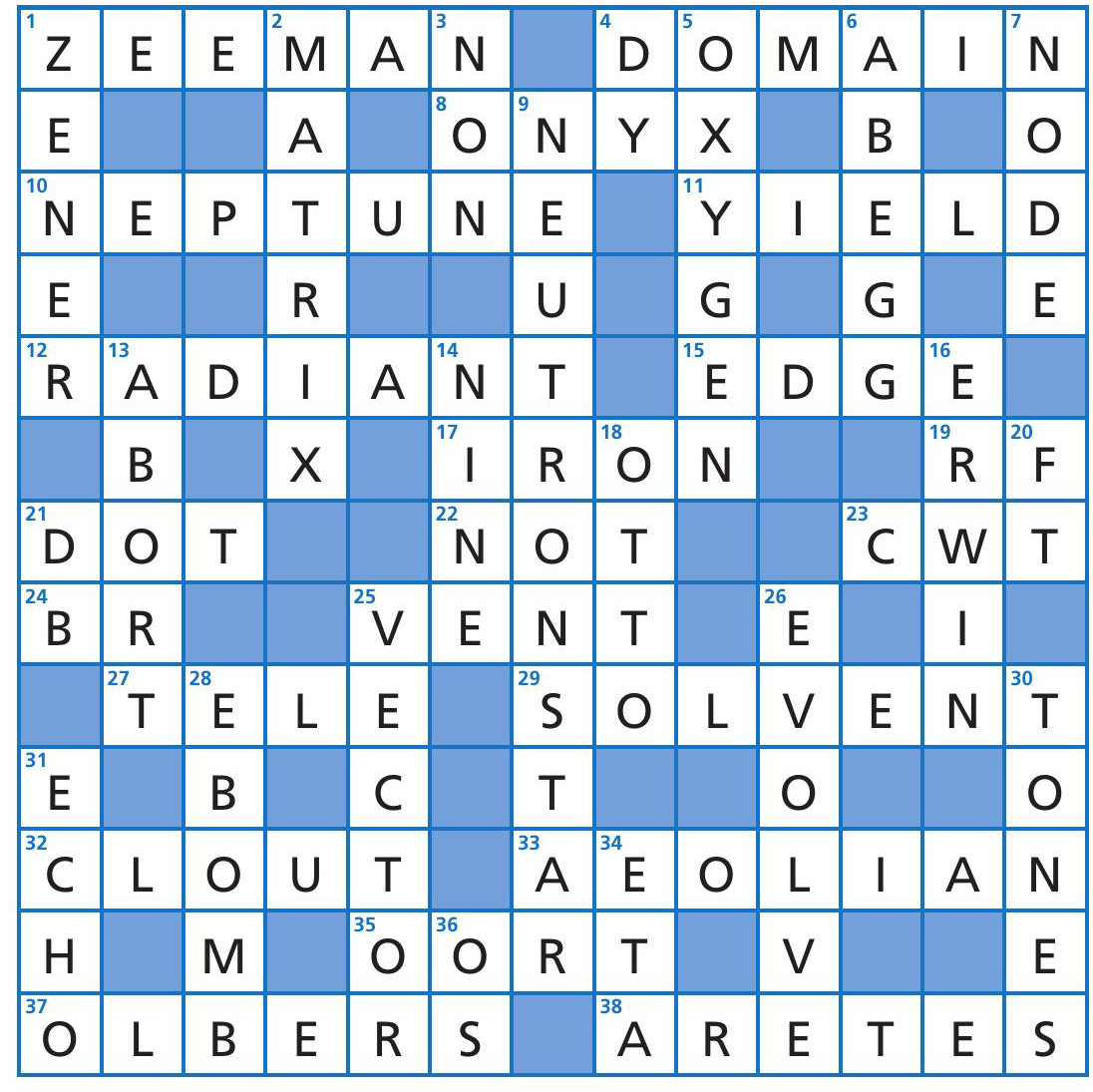
Nikolaus August Otto (1832–91) was an inventive German engineer who built his first gas engine in 1861. While working as a travelling salesman in 1876 he came across a newspaper article about a theoretical new type of internal combustion engine based on a four-stroke cycle. He built the first one and patented it in 1877. By 1890 almost no-one bothered with other types of engine, improvements were made and they evolved into the first car and plane engines.
Graphs of pressure against volume (p–V graphs) are often used to depict the operation of engines that are driven by expansion and compression of gases in a cycle of events. The Otto cycle is shown in Figure 1. It ideally takes in an air/fuel mixture at position 1 and then compresses it adiabatically (i.e. with no heat energy exchange) to position 2. The volume of the gas is then kept constant but is ignited and its pressure rises to position 3. From 3 to 4 it then expands adiabatically and the combustion products are discharged from the engine at constant volume. The whole process then starts again.
Your organisation does not have access to this article.
Sign up today to give your students the edge they need to achieve their best grades with subject expertise
Subscribe




